Umpqua National Forest
- February 1, 2024
- 0 comment
The Umpqua National Forest, encompassing 983,239 acres, sprawls across Douglas, Lane, and Jackson Counties, showcasing the raw beauty and dynamic history of Oregon’s landscape. Molded by the forces of High Cascades glaciation, volcanic eruptions, and the relentless flow of whitewater rapids, this forest presents a stunning array of natural features. From the dense, verdant stands of hemlock, fir, and cedar at higher elevations to the mixed conifer and hardwood forests below, the Umpqua offers a rich diversity of plant life. The alpine environments of towering peaks like Mount Thielsen add to the forest’s dramatic scenery, creating a haven for a wide range of wildlife and supporting a complex ecosystem.
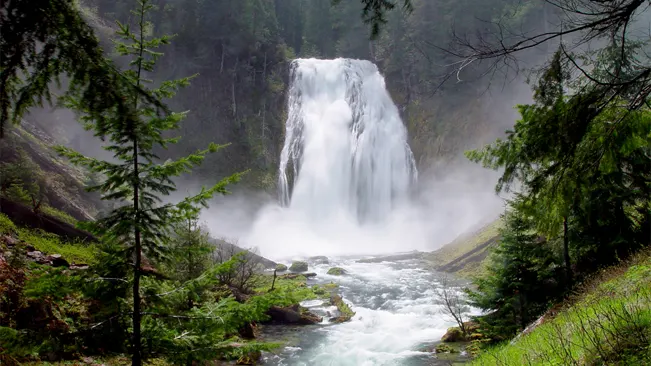
In addition to its natural wonders, the Umpqua National Forest serves as a hub for research and education, housing the Dorena Genetic Research Center and the Wolf Creek Job Corps Center. The Dorena Center, located in Cottage Grove, leads in developing disease-resistant tree species and native plant conservation, contributing significantly to forest health and sustainability. Meanwhile, the Wolf Creek Job Corps in Glide offers valuable, tuition-free training and education, preparing young individuals for future careers. These institutions underscore the forest’s role not only as a sanctuary for biodiversity and recreation but also as a center for scientific advancement and community development.
History of Umpqua National Forest
The foundation of the Umpqua National Forest, along with other national forests in Oregon, can be largely attributed to Judge John Breckenridge. Elected to the Oregon Legislature in the late 19th century, Breckenridge proposed the establishment of a vast forest reserve in the Oregon Cascades to prevent the loss of land and timber due to then-current land disposal policies. He presented a memorial to the Oregon Legislature, urging the U.S. Congress to reserve land along the crest of the Oregon Cascade Range. Despite passing in the House, the proposal was stalled in the Senate due to concerns from sheep herders about losing grazing land, and the memorial was ultimately defeated. However, the concept persisted among politicians and the public.
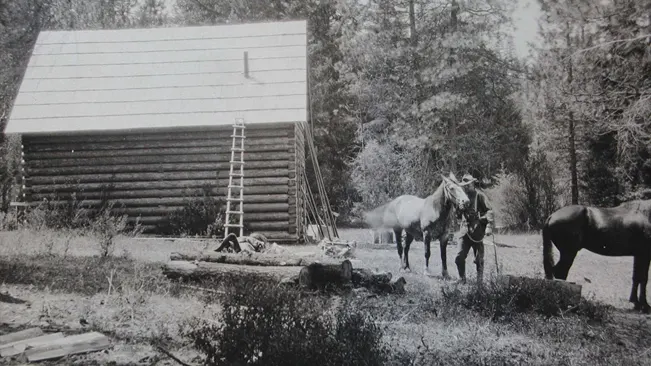
Following this, the Forest Reserve Law of 1891 was enacted, allowing the president to designate federal forest reserves. President Cleveland, inspired by Breckenridge’s initial proposal, established the Cascade Range Forest Reserve in 1893, covering a vast area from the Columbia River to near the California border. In 1903, this reserve was divided, and in 1905, management shifted from the General Land Office to the Bureau of Forestry. The Cascade Range Forest Reserve was renamed in 1907, and by 1908, it was divided into the Oregon, Cascade, and Umpqua National Forests, which were further subdivided in 1911. Over the years, the Umpqua National Forest has seen numerous boundary adjustments, including a significant western boundary revision in 1956, involving land exchanges with the Bureau of Land Management, and changes to ranger district boundaries and names.
Location of Umpqua National Forest

Umpqua National Forest is located in southwestern Oregon, USA. It stretches across the western slopes of the Cascade Mountains, covering parts of Douglas, Lane, and Jackson counties. The forest is bordered by Crater Lake National Park to the south and is bisected by the North Umpqua and South Umpqua Rivers, with the Rogue-Umpqua Scenic Byway providing scenic access through much of the area. The forest’s proximity to Interstate 5 also makes it accessible from major cities like Eugene, Medford, and Roseburg.
Must See Places in Umpqua National Forest
Susan Creek Falls
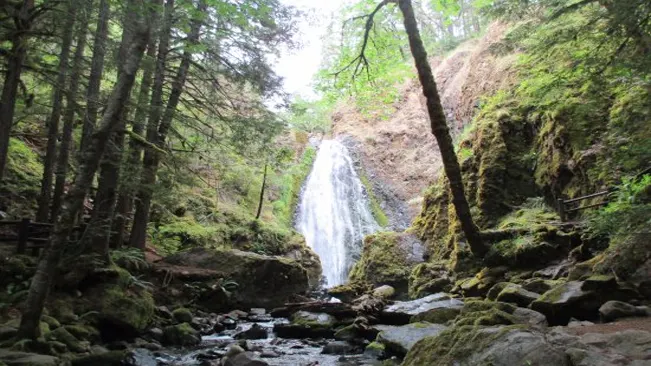
Susan Creek Falls, located within the expansive Umpqua National Forest, stands as a testament to nature’s resilience and beauty, particularly in the aftermath of the wildfires that have periodically affected the region, most notably in 2020. The journey to this enchanting waterfall is a modest 1.5-mile roundtrip on a trail that is mostly flat, making it accessible to a wide range of visitors. The path weaves through sections of the forest that bear the scars of past fires, with blackened trees and remnants of fire damage serving as stark reminders of nature’s unpredictable power. Despite this, the trail to Susan Creek Falls offers a unique perspective on the natural cycle of destruction and renewal, highlighted by the flourishing wildflowers that line the path, injecting vibrant life back into the landscape.
Fall Creek Falls

Fall Creek Falls is a captivating two-tier waterfall accessible by a 1.1-mile round trip trail. The path meanders through a small canyon, featuring unique rock formations and evidence of the 2020 wildfires, with many trees blackened and downed. At the trail’s end, a shallow pool at the base of the falls offers a refreshing spot for summer visitors. For the adventurous, an additional trail ascends the canyon wall, providing a splendid view of the waterfall’s upper tier, enriching the overall experience with a blend of natural beauty and a hint of adventure.
Toketee Falls
Toketee Falls is a highlight of Umpqua National Forest, renowned for its captivating beauty and drawing countless visitors. It’s not just the falls but the journey there that unveils the rich tapestry of other waterfalls, enhancing the adventure.
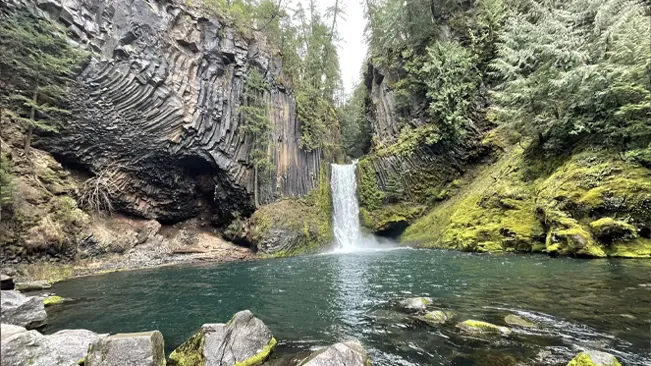
Reaching Toketee Falls requires a 0.9-mile hike, featuring staircases but well-maintained for an enjoyable experience. The path leads to a viewing platform that presents the falls in their full splendor. Visiting in the late afternoon allows the sunlight to accentuate the falls’ beauty, creating an enchanting view.
Umpqua Hot Springs
Umpqua Hot Springs, a serene and sought-after destination, is situated just over 4 miles from the Rogue-Umpqua Scenic Byway, an area celebrated for its natural beauty and outdoor recreational opportunities. Access to the hot springs requires a short detour up a side road, leading adventurers to the beginning of their journey at the trailhead. For parking convenience, visitors are advised to bring $5 in cash or have an America the Beautiful annual pass, which also grants access to numerous other federal recreational sites nationwide.

The trek to the Umpqua Hot Springs is a relatively easy 0.8-mile round-trip hike, winding through the lush, verdant landscape characteristic of the region. The path itself is part of the experience, offering glimpses of the area’s natural beauty and the tranquility of the surrounding forest. However, the popularity of the hot springs means that they can become quite crowded, particularly on weekends and holidays. For those seeking a more secluded and peaceful experience, it is recommended to visit on a weekday or to arrive early in the morning. This strategy can enhance the chances of enjoying the soothing, geothermal waters in solitude, allowing for a truly personal connection with nature.
Watson Falls
Watson Falls, soaring at 293 feet, stands as the area’s highest and Oregon’s third tallest waterfall, offering a majestic natural spectacle. The journey to the falls is a manageable 0.8-mile round-trip hike, leading through an enchanting moss-covered forest that adds to the area’s mystical allure.
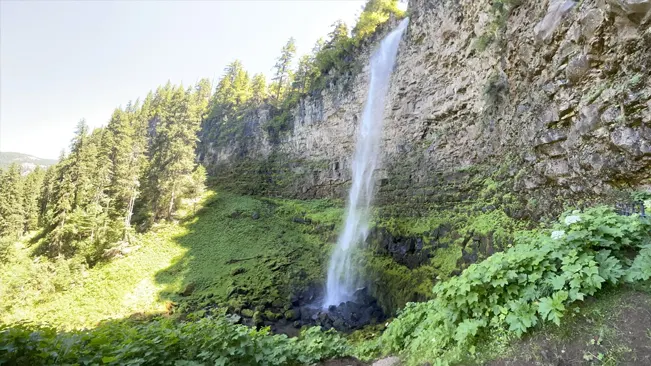
Upon reaching the destination, visitors are greeted by the falls from a wooden bridge that spans the creek, providing a stunning vantage point. For those wishing to experience the waterfall’s grandeur up close, a path allows for a nearer approach, offering a more intimate encounter with this impressive natural wonder.
Clearwater Falls
Clearwater Falls distinguishes itself as one of the most accessible waterfalls, located just a stone’s throw from the road, making it an ideal stop for those seeking natural beauty without the commitment of a lengthy hike. The falls are reached via a brief and easy 0.2-mile round-trip trail, which is flat and well-maintained, ensuring a leisurely walk suitable for visitors of all ages and abilities.
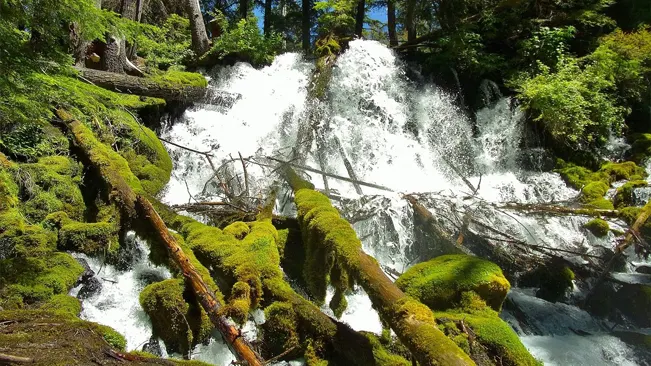
Despite its proximity to the road, Clearwater Falls exudes a sense of tranquility and untouched beauty, with its cascading waters creating a picturesque scene. This accessibility combined with the falls’ inherent charm makes it a popular spot for quick visits, photography enthusiasts, and anyone looking to immerse themselves in nature’s splendor without venturing too far into the wilderness.
Diamond Lake
Diamond Lake boasts a prime location near the boundary of Umpqua National Forest and Crater Lake National Park, offering visitors a unique blend of natural beauty and recreational opportunities. The lake is nestled between the majestic peaks of Mt. Thielsen to one side and Mt. Bailey to the other, providing stunning panoramic views that captivate outdoor enthusiasts and photographers alike. The area around Diamond Lake is well-equipped to accommodate visitors, featuring several campgrounds and the Diamond Lake Resort, enhancing the experience with convenient amenities.

In addition to its scenic allure, Diamond Lake serves as a hub for various outdoor activities, including kayaking, paddleboarding, boating, and hiking. The lake’s calm waters and accessible shoreline make it an ideal spot for water sports, while the surrounding trails offer hikers a chance to explore the beauty of the Oregon wilderness. The views of Mt. Bailey from the lake’s shore are particularly striking, especially during sunset when the sky is painted with vibrant hues, creating memorable moments for anyone who visits.
Flora and Fauna
Plants
Majestic giants: Towering Douglas firs and ponderosa pines dominate the landscape, their needles whispering secrets in the wind. Western hemlock and cedar add intricate layers of foliage, dappling the forest floor with emerald light.
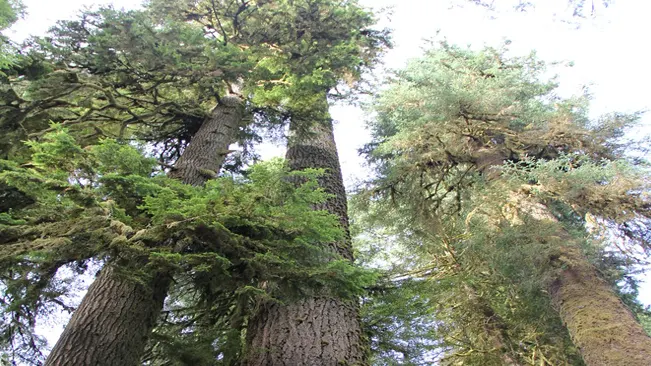
Wildflower carpets: In spring and summer, meadows erupt in a kaleidoscope of colors. Scarlet paintbrush, delicate trillium, and fragrant lupine compete for your attention, attracting a buzzing chorus of pollinators.

Animals
Majestic mammals: Elk and deer navigate the dense forests, their graceful movements a testament to their adaptability. Black bears lumber through the undergrowth, while cougars keep watch from hidden vantage points.

Soaring sky dancers: Hawks and eagles patrol the airspace, their keen eyes searching for prey. Hummingbirds flit likSoaring sky dancers jewels amidst the wildflowers, while owls hoot their haunting melodies at dusk.
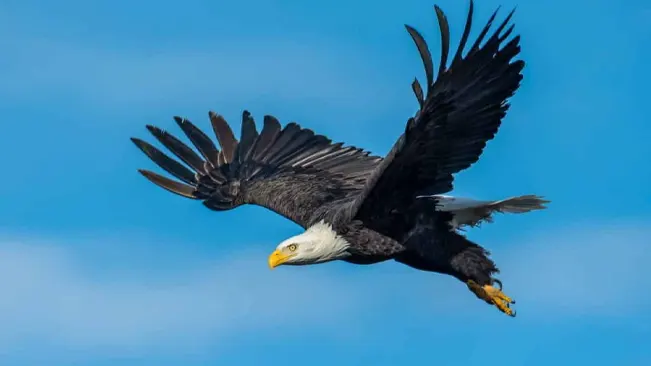
River whispers: Salmon and trout flash their iridescent scales in the cool waters of the Umpqua River and its tributaries. Frogs croak from the reeds, while otters playfully weave through the currents.
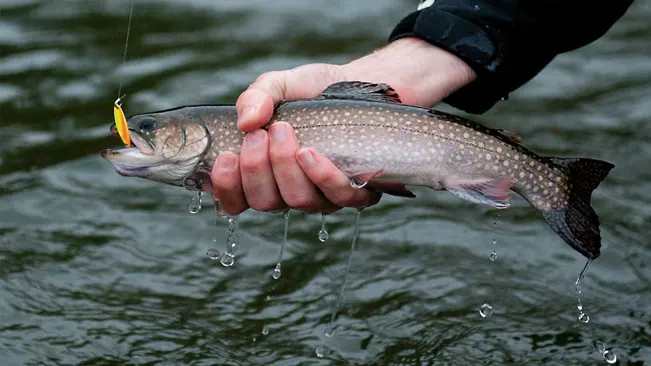
Recreation and Activities
- Hiking
Over 530 miles of diverse trails, from gentle strolls to challenging treks. - Family-friendly Hikes
Paved paths around Diamond Lake and short trails near Toketee Falls for leisurely walks. - Moderate Adventures
Trestle Creek Falls Loop and Brice Creek Trail for moderate climbs with scenic waterfalls. - Backpacking
North Umpqua Trail and Pacific Crest Trail for multi-day wilderness adventures. - Kayaking and Canoeing
Serene kayaking on Diamond Lake and gentle canoeing on the South Umpqua River. - Whitewater Rafting
Thrilling rafting on the Rogue River’s rapids through volcanic landscapes. - Fishing
Abundant fishing opportunities in clear waters for trout, salmon, and steelhead. - Mountain Biking
Trails through forests and challenging climbs for mountain bikers. - Horseback Riding
Backcountry exploration on horseback, connecting with nature. - Camping
Varied camping experiences, from tent sites to cozy cabins.
Conservation and Management in the Umpqua National Forest
Protecting endangered species
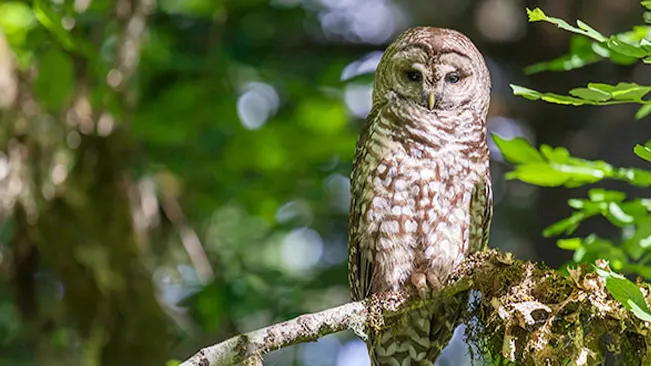
The Umpqua National Forest serves as a sanctuary for several threatened and endangered species, such as the Oregon spotted frog, the northern spotted owl, and the Fender’s butterfly. To safeguard these species, the forest implements comprehensive conservation strategies that include restoring critical habitats, controlling predatory species, and conducting rigorous population monitoring. These efforts are aimed not only at preventing further decline but also at fostering recovery, ensuring that these species can thrive once again in their natural environments. Special attention is given to the unique needs of each species, from maintaining the wetland habitats vital for the Oregon spotted frog to preserving the old-growth forests that are home to the northern spotted owl and the delicate ecosystems supporting the Fender’s butterfly.
Preserving Old-Growth Forests
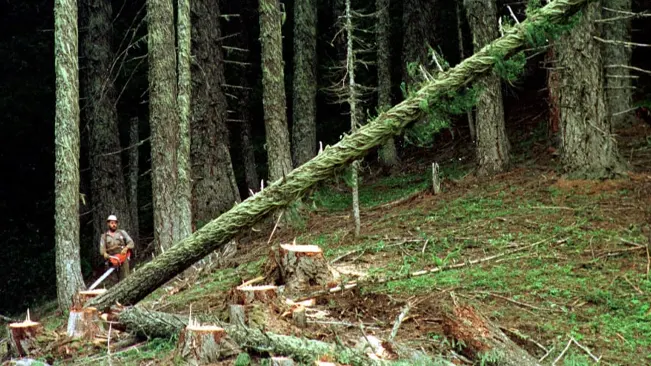
Old-growth forests within the Umpqua National Forest are ecological treasures, with some trees having witnessed centuries of history. These towering giants play a crucial role in carbon storage, stabilizing climate, maintaining water quality, and providing essential habitat for diverse wildlife. Recognizing their irreplaceable value, the forest management enforces strict logging regulations and has established designated wilderness areas to protect these ancient ecosystems. Efforts to preserve old-growth stands are not just about conserving individual trees but about maintaining the integrity of complex forest ecosystems that depend on these mature forests for their survival and function.
Sustainable Resource Management
Timber Harvesting
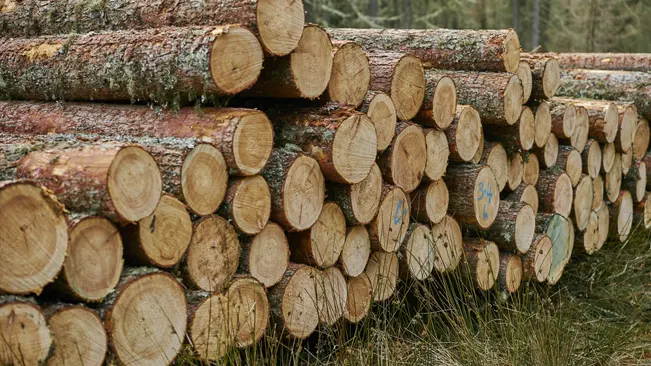
While timber harvesting is a vital economic activity within the Umpqua National Forest, it is conducted with a keen awareness of environmental sustainability. Controlled logging practices, guided by stringent environmental regulations, aim to balance the extraction of timber with the overarching goals of habitat management and forest health. This approach ensures that timber resources are utilized to support local industries without compromising the forest’s ecological balance. By adopting sustainable logging methods, the forest management seeks to maintain the forest’s productivity and biodiversity for future generations.
Grazing

The forest’s grazing programs are designed to mimic natural disturbance patterns, which helps in promoting a mosaic of plant communities that enhance biodiversity. Livestock are allowed to graze in designated areas under carefully managed conditions, ensuring that grazing contributes positively to the health of the forest ecosystems. This practice not only supports local agricultural activities but also plays a part in the natural management of the forest floor, reducing the risk of wildfires and encouraging the growth of a variety of plant species.
Recreation Management
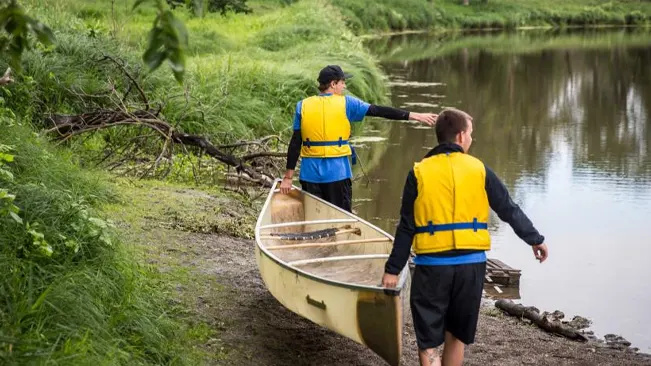
Balancing the enjoyment of the forest’s visitors with the protection of its natural resources is a key aspect of recreation management in the Umpqua National Forest. Through the establishment of designated trails, campgrounds, and educational programs, the forest service aims to minimize the environmental impact of recreational activities. These measures are essential in preserving the natural beauty and ecological integrity of the forest, ensuring that it remains a welcoming and sustainable space for outdoor enthusiasts to explore and appreciate.
Tips for Visiting Umpqua National Forest
- Research Ahead: Visit the Umpqua National Forest website and contact ranger stations for information on attractions, trailheads, and regulations.
- Weather Considerations: Check forecasts and prepare for sudden changes, especially at higher elevations.
- Safety and Preparedness
- Leave No Trace: Adhere to Leave No Trace principles to minimize environmental impact.
- Emergency Preparedness: Carry a first aid kit, map, compass or GPS, and ensure your phone is charged.
- Wildlife Awareness: Educate yourself on local wildlife, observe safely, and store food properly.
- Enjoying the Trails
- Stay on Marked Trails: Protect habitats and ensure your safety by sticking to designated trails.
- Pace Yourself: Select trails suited to your fitness level to enjoy the journey safely.
- Water Activities
- Safety First: Always wear a life jacket and be aware of water conditions for activities like kayaking, canoeing, or fishing.
- Fishing Regulations: Obtain the necessary licenses and familiarize yourself with fishing regulations.
- Camping and Overnight Stays
- Book in Advance: Reserve campsites early, especially in peak season, to secure your spot.
- Campfire Safety: Follow campfire guidelines and restrictions, and fully extinguish fires before leaving.
- Respecting Cultural Sites
- Preserve Historical Sites: Respect and protect cultural and historical sites; take photos without touching or altering artifacts.
- Engaging with the Community
- Support Local: Enhance your experience and benefit local communities by shopping locally and participating in guided tours.
Conclusion
In conclusion, the Umpqua National Forest’s establishment and evolution reflect a complex history of legislative efforts, conservation ideas, and administrative changes that have shaped its current expanse and management. The initial proposal by Judge John Breckenridge set in motion a series of events that, despite initial setbacks, culminated in the creation of a significant protected area within the Oregon Cascades. Subsequent legislative actions and executive decisions further refined and expanded the forest’s boundaries, leading to the richly diverse and well-managed national forest we know today. The Umpqua National Forest’s story is a testament to the enduring value of conservation efforts and the importance of safeguarding natural resources for future generations.
FAQS
1. What activities can I do in Umpqua National Forest?
Hiking, camping, fishing, mountain biking, horseback riding, and exploring hot springs are popular activities. Winter sports like snowshoeing and cross-country skiing are also available in colder months.
2. Are there any fees to enter Umpqua National Forest?
There is no entrance fee for the forest itself, but some recreational sites and campgrounds may require a day-use fee or a camping fee.
3. Do I need a permit for hiking or camping in the forest?
Most day hikes do not require a permit, but overnight camping in certain areas might. Always check the specific regulations for the area you plan to visit.
4. Can I bring my dog to Umpqua National Forest?
Yes, dogs are allowed but must be kept on a leash in developed recreation areas and on trails. Always follow local regulations and practice good pet etiquette.
5. What are the best times to visit Umpqua National Forest?
The forest is accessible year-round, but the best time to visit depends on the activities you’re interested in. Summer and fall are ideal for hiking and camping, while winter offers opportunities for snow sports.
6. Are there any hot springs in Umpqua National Forest?
Yes, Umpqua National Forest is home to several natural hot springs, including Umpqua Hot Springs, which are popular for their relaxing and scenic settings.
7. How can I stay safe while visiting the forest?
Always prepare for changing weather conditions, stay on designated trails, keep wildlife at a distance, and carry essential safety gear like a map, compass, and first aid kit.
8. Is backcountry camping allowed in Umpqua National Forest?
Backcountry camping is allowed in many areas of the forest, but it’s important to follow Leave No Trace principles and check any specific regulations for the area you plan to visit.
9. What should I do if I encounter wildlife in the forest?
Keep a safe distance, do not feed wildlife, and store food securely. If you encounter a bear or other large animal, make yourself appear larger and slowly back away without turning your back.
10. How can I learn more about the cultural and historical significance of Umpqua National Forest?
Visit local ranger stations or the forest’s official website for information on the area’s history, including its indigenous heritage and conservation efforts.



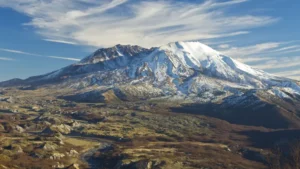
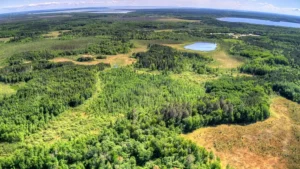
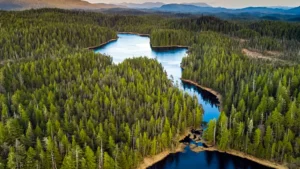
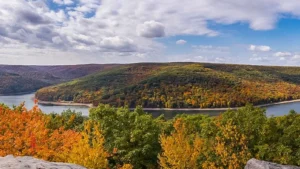
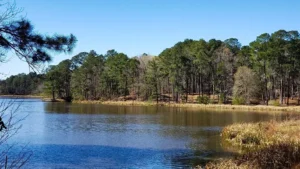


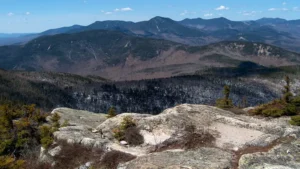

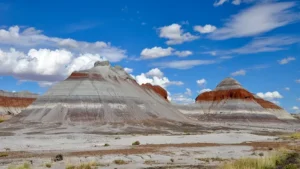

Leave your comment